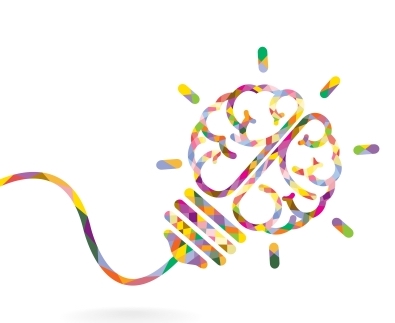
Behavioral Science: A Revolutionary Potential for Government? (Part VIII)

But according to Apolitical, an international online magazine covering the public sector, “over the past nine years, a revolution has been spreading through governments around the world. Today, over 200 public bodies are using a combination of behavioural science, economics and psychology to craft better policy.”
This “revolution” is happening in parallel to several other related efforts to connect the use of evidence and experimentation to policy and practice – performance measurement, program evaluation, design thinking, the use of agile principles, the expanded use of data and analytics, etc.
What Is the Potential?
Because it is inherently a multi-disciplinary field, behavior science insights have the potential to reinforce the broader trends of connecting evidence and experimentation to policy and practice. They are probably not a stand-alone “solution” but rather a more sophisticated and nuanced set of techniques that can supplement or be an alternative to other traditional policy and analytic tools. This is seen in how practitioners have integrated their use into city or agency policy, evaluation, or innovation offices.
Based on examples seen so far in the public sector, its use seems to be limited to incremental improvements such as revised wording on forms and letters, but it is a potentially powerful set of tools to improve the chances of successfully designing and implementing a policy or program.
Traditional policy tools, such as the use of taxes, subsidies, or regulation to influence social behaviors may not be as effective on their own in increasing compliance or achieve the desired outcomes. As a result, policymakers are beginning to recognize the value of incorporating behavioral insights into policy making. For example, recently-introduced federal legislation to identify and leverage the social determinants of health (e.g., reducing obesity, smoking, alcohol abuse) will likely rely heavily on behavioral science for successful implementation.
According to an overview prepared for Washington State government leaders, the use of behavioral science techniques may be most effective in cases where:
- The desired outcome is largely driven by personal choices,
- The choices you wish to influence occur frequently, or over a long period of time, or
- The desired outcome is in the distant future but are driven by choices made now.
Who Could Use It?
As noted in earlier blog posts, behavioral science techniques are being applied in a wide range of policy areas. And they are being used by many different government players. UK professor Peter John, in a recent book, How Far to Nudge, says that it should not be just a tool of technocrats but decentralized to agencies and local governments to incorporate into their own autonomous activities where it “can help the creation of an automated and self-regulating system whereby people get to their goals and where there is a synergy between social and individual aims.”
To that end, I envision behavioral science techniques being useful to:
- Policy and program design analysts, to expand their range of policy levers beyond the use of Regulations, mandates, market mechanisms, tax incentives, insurance, etc.
- Customer experience officers, to better understand and improve how agency clients interact with programs.
- Design thinking teams, agility teams, and innovation offices.
- Citizen engagement teams, to identify ways to illicit greater participation and response.
- Chief risk officers, as a tool to assess or manage risks in implementing programs.
- Chief human capital officers, to improve employee engagement.
- Chief cybersecurity officers, to predict potential weaknesses in how individual users might be tricked into installing malware, etc.
- Program evaluation officers to assess why programs may not be delivering results as anticipated.
How Far Can We Go?
While behavioral science has been around for a number of years in different pockets of the government, how far might its use expand? How does it fit into the context of traditional policy and implementation tools?
There may be more questions than answers at this point with regard to the need for more proof or validation. But the federal Office of Evaluation Sciences, for example, has been very good at being transparent about its projects, describing both what works and what doesn’t. It certainly can’t be accused of painting targets around the bullet holes!
There are opportunities to expand its use to improve the probabilities of successful program design and implementation, but probably more research needs to be done at the federal level to show how these approaches can be applied in the context of the traditions of administrative law and the Administrative Procedures Act. For example, behavioral science approaches assume more interactive, a test-and-fix approaches while traditional administrative law approaches to program design and implementation assume more linear and logical design approaches. Also, the skill sets – data analysts vs. legal analysts – are different.
However, the best approach is probably to keep experimenting and engage a wide range of different talents to make it work!
* * * * * * *
Note: Here are links to prior posts on this topic:
Part I: How Can Behavioral Science Improve Program Outcomes?
Part II: What Are Some Basic Behavioral Science Concepts?
Part III: How Is Behavioral Science Influencing Public Administration?
Part IV: Using Behavioral Science to Improve Federal Outcomes
Part V: Using Behavioral Insights to Reduce Miner Injuries
Part VI: Nudge in the City: Behavioral Science in Government
Part VII: Creating a Critical Mass of Talent and Resources in the Use of Behavioral Science in Government
Graphic Credit: Courtesy of Chatchi_stocker via FreeDigitalPhotos.net



